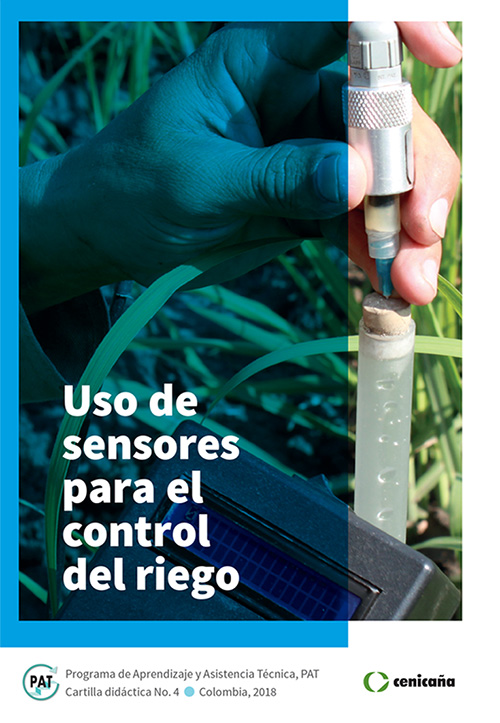Efficient use of water in sugarcane cultivation includes timely irrigation scheduling, selection of the irrigation system and application method appropriate to soil and crop conditions, and application of the volume of water required by plants according to the storage capacity of the soil and the depth of the roots.
Moisture sensors and soil matric potential sensors (PMS) provide valuable information about the water status of the soil at any given time, which is why they are effective tools for irrigation management.
These sensors can be installed temporarily or permanently in the field, and measurements can be made manually or automatically. The suggestion is to install permanent monitoring stations, consisting of a battery of sphygmomanometers connected to a datalogger that stores the matric potential data of the soil, to then access them via mobile phone. The indications for use and handling of the sensors are summarized in this document.

Material produced within the framework of the Apprenticeship and Technical Assistance Program, PAT.
Teaching booklet No.4, 2018
You can also check:
PAT - Apprenticeship and Technical Assistance Program
Methodological guides and teaching materials.












